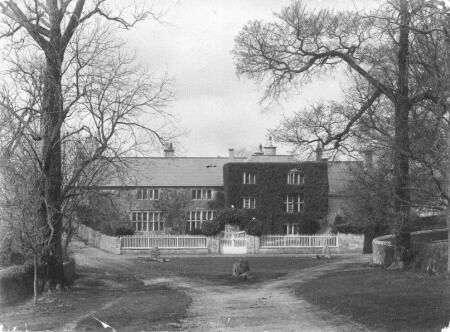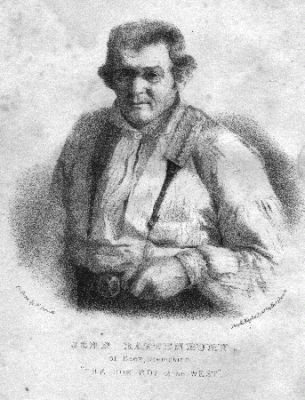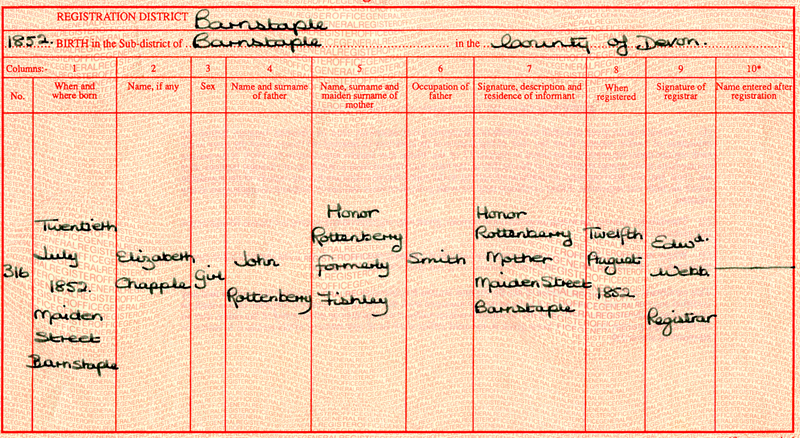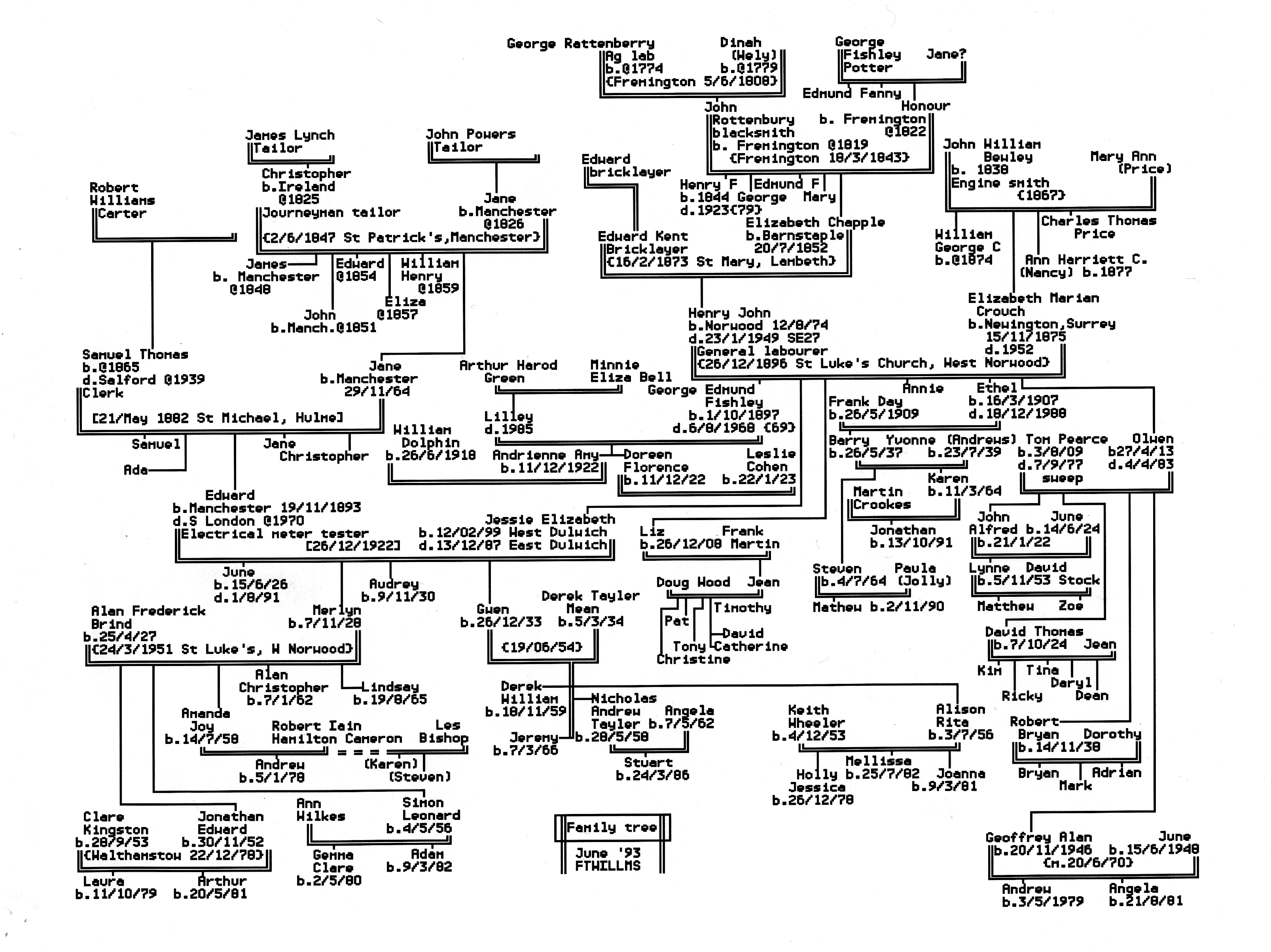|
From Smuggling in Devon and Cornwall
by Mary Waugh (1991)
John (or Jack) Rattenbury's adventures are known because his autobiography was published in 1837, when he was 59. He was born in east Devon at Beer in 1778, the son of the local shoemaker, but his father was already on a naval vessel, no doubt the victim of a press gang, and played no part in his upbringing.
An uncle took him fishing when he was nine, but his life at sea began in earnest as the age of 14 when he joined the crew of a privateer (an armed vessel licensed to attack and capture enemy shipping). He was excited at the prospect of adventure and prize money and later described how he was 'like a bird which had escaped from a cage' and added 'I wished to make a figure on the stage of life'. But his various privateering ventures were destined to failure. On the first voyage he was captured by a French privateer, imprisoned in Bordeaux, and later returned home by way of New York. In 1800 he was captured by a Spanish privateer and imprisoned for a time at Vigo, but he continued to seek his fortune in privateers of the West African coast, and only finally abandoned this way of life when he was aged about 27. By that time he was a skilled seaman, with a wealth of other experience which included legal coastwise trading to South Wales, cod fishing off Newfoundland, very brief spells in the Navy and, of course, smuggling.
Jack's early smuggling experience, presumably as a humble crew member, was gained on voyages between the Channel and Lyme Regis, and he lived for a time in Lyme after his marriage in 1801. Regular legal employment was hard to come by, but for four years he claimed to have worked as a pilot and victualling ships. He then moved back to Beer and by 1805 (when he was 27) began smuggling in earnest. That winter he made seven smuggling voyages in a new vessel, five of which were successful. At this stage he was involved with the smugglers of Christchurch and Weymouth, but he had also developed the contacts with merchants in Alderney which he was to maintain until the end of the Napoleonic Wars when direct contact with French merchants was re-established. In 1806 his smuggling activities were temporarily interrupted when he was captured. He chose naval service in preference to a prison term (the navy always welcome skilled seamen). He then escaped (his autobiography lists at least a dozen occasions when he was captured or impressed into the navy, but he escaped almost as often). Now 28 he had evidently acquired some capital for he next bought a share in an open row-galley for smuggling goods from Alderney, and although this was presently lost in a storm, he was soon back rowing goods from the Channel Islands. Captured yet again and tried at Falmouth, he was being sent with others under escort to Bodmin Gaol when he managed to escape at the Indian Queens Inn, made contact with smugglers at Newquay and was soon back at Beer. His skilled seamanship was now fully recognised and he undertook several legal voyages to South Wales as captain of the Trafalgar. But the temptation of more profitable activities was strong; he arranged for the vessel to be fitted with a new (and illegal) bowsprit for extra speed and went back to smuggling. After five successful smuggling trips, the Trafalgar was wrecked off Alderney. Undaunted he joined with others to buy the Lively and when she became unseaworthy, the group either bought or hired the Neptune, which was wrecked after three successful voyages. Meanwhile the Lively had been repaired but was very soon seized with her cargo, leaving Rattenbury owing £160- 'a great shock to my circumstances' as he records. His first attempt to retrieve the situation was to use a 12 oared galley to row goods from Alderney, but that soon led to capture and a brief spell in the navy. He then accepted £100 to take four French prisoners who had escaped from Tiverton Gaol out of the country. Caught yet again, he was lucky to avoid further imprisonment.
There followed one of the most creditable episodes of Jack's varied career. Acting as a pilot he rescued the Linskill, a transport vessel carrying part of the 82nd army regiment and successfully brought her through the Needles Passage. A relieved captain recommended that Jack should have a handbill printed, setting out what he had done, and should submit this to Lord Rolle, the leading landowner of the district. Lord Rolle was very probably already one of Jack's customers, and he certainly became his patron and protector from this time on, ultimately granting him a pension. The Rolle family owned, but did not occupy the magnificent Bovey House, close to Beer, and it is highly likely that this was one of Jack's depots.

Though his autobiography is careful to protect all his associates, we know from other sources that among Jack's partners were members of the Mutter family, owners of valuable storage sites on moorland above Sidmouth (as further described in the next chapter). Meanwhile Lord Rolle's influence apparently led to the withdrawal of soldiers from Beer, which lifted a weight off deserted Rattenbury's mind, as he admitted!
In 1811, when he was 33, Jack took over a public house at Beer and tried to settle down. Unfortunately the venture failed, and after two years Jack was in debt and forced back into smuggling. There were difficult years at the climax of the Napoleonic Wars when smuggling was 'at a stand'. He worked as a pilot and later when gout threatened to curb his activities, to took Mr Down, a gentleman from Bridport, on fishing trips.
When peace finally came, the way was open for smuggling trips to Cherbourg. Jack was now joined by his son, and bought a £200 vessel in which he did very well for a time, making seven successful voyages. But he was still dogged by ill luck; the boat was wrecked and he had another disabling attack of gout. His fortunes fluctuated considerably; now free of debt his main vessel traded legally, carrying slate from Newquay, but was wrecked on her second voyage. He also had a galley for smuggling from France, and writes about 'a French vessel I had a share in' which came to Lyme. However, the preventive services were now well organised and it became usual to sink the tubs offshore. Some broke loose and were washed up at Paignton, while others were submerged too long and were spoiled. In 1820 we find Jack and a partner brining tubs back on the Lyme Regis packet boat, and landing these under Salcombe Hill, an episode which led to his going into hiding. The catalogue of his adventures presently interrupted by a spell in Exeter Gaol. He was set free in 1827 under a bond of £500 and for a time lived a very different life. One suspects the patronage of Lord Rolle was a key factor here.
A plan had been hatched to build a harbour at Beer and link this by a new canal to join the Grand Western Canal in Somerset, and so provide a link to the Bristol Channel. Rattenbury was called to London to give evidence before a Commons Committee investigating these proposals, a tribute to his knowledge of the area and (perhaps) Notoriety. For a time he enjoyed an expense account life, but though the enabling legislation was passed, nothing came of the scheme. Lord Rolle then intervened to get Jack a job on the Tartar Revenue cutter, an extreme change of career and one glossed over in his autobiography! He became ill (or at least claimed so), was discharged and went straight back into smuggling and a stint in Dorchester Gaol. In January 1836 he was arrested for the last time with a mere 20 tubs in a cart on the way back from Torquay. Two months later he made his final appearance in court to help his son avoid transportation for involvement in an affray on Budleigh Salterton beach. His career was only intermittently successful, but its sequel is continued in the next chapter.
Smuggling in Lyme Bay and East Devon
Jack Rattenbury was far from being the first smuggler to operate in east Devon, and contraband continued to come ashore for 20 years after his labours ceased. One reason is that this stretch of coast offered advantages over any other in Devon and Cornwall because it lay directly opposite the supply bases in the Channel Islands, Cherbourg and Brittany, and had the most direct access to centres of population inland- the potential markets of Taunton, Yeovil, Bristol or Bath. Another reason is the nature of the coastline itself. Anyone driving between Dorchester and Exeter will be familiar with the switch back character of the countryside; a plateau roughly 500 ft above sea level is cut at intervals by rivers flowing seaward in deep steep sided valleys, so that it is relatively easy to travel ( or carry contraband) inland, but would be exhausting for anyone to patrol along the coast. Even now there is no coast road, and this section of the South Devon Coast Path is recognised as particularly challenging. In most parts the shore is shingle, backed by cliffs which change from honey coloured in west Dorset, through dark grey shales near Charmouth, to white chalk at Beer head, and bright red Keuper Marls at Sidmouth and Ladram Bay. Landslides are a features of this coast. The most famous occurred on Christmas Eve 1838 when 45 acres west of Lyme Regis slipped seaward, leaving a jumbled wilderness which is now a National Nature Reserve. A lesser landslip in 1790 created the pinnacles west of Beer Head.
All along this coast the sea is steadily cutting back the cliffs and sweeping shingle and sand bars across the river mouths, a process which has destroyed several ancient harbours.
Smuggling in Devon and Cornwall by Mary Waugh (1991)
|




